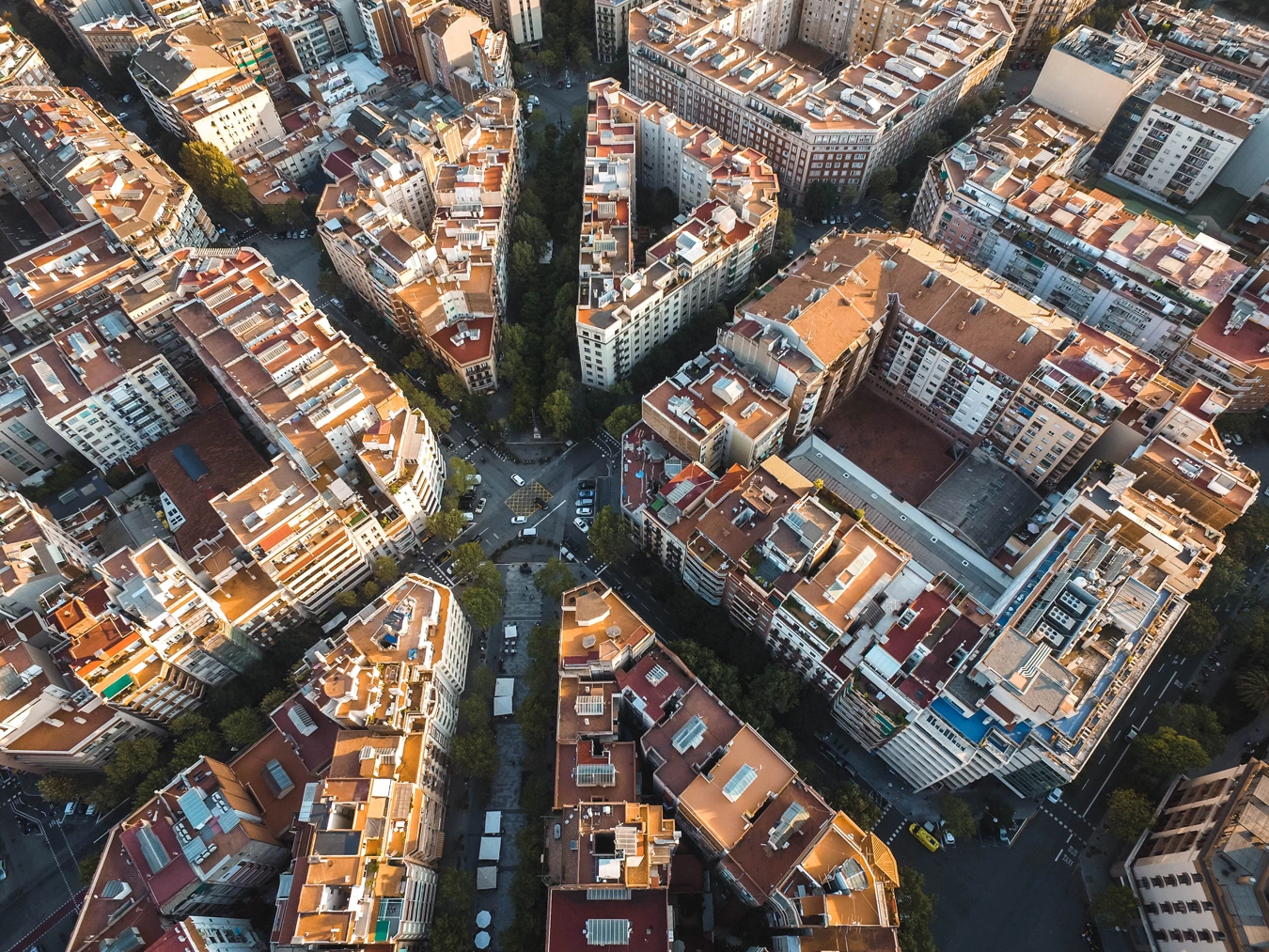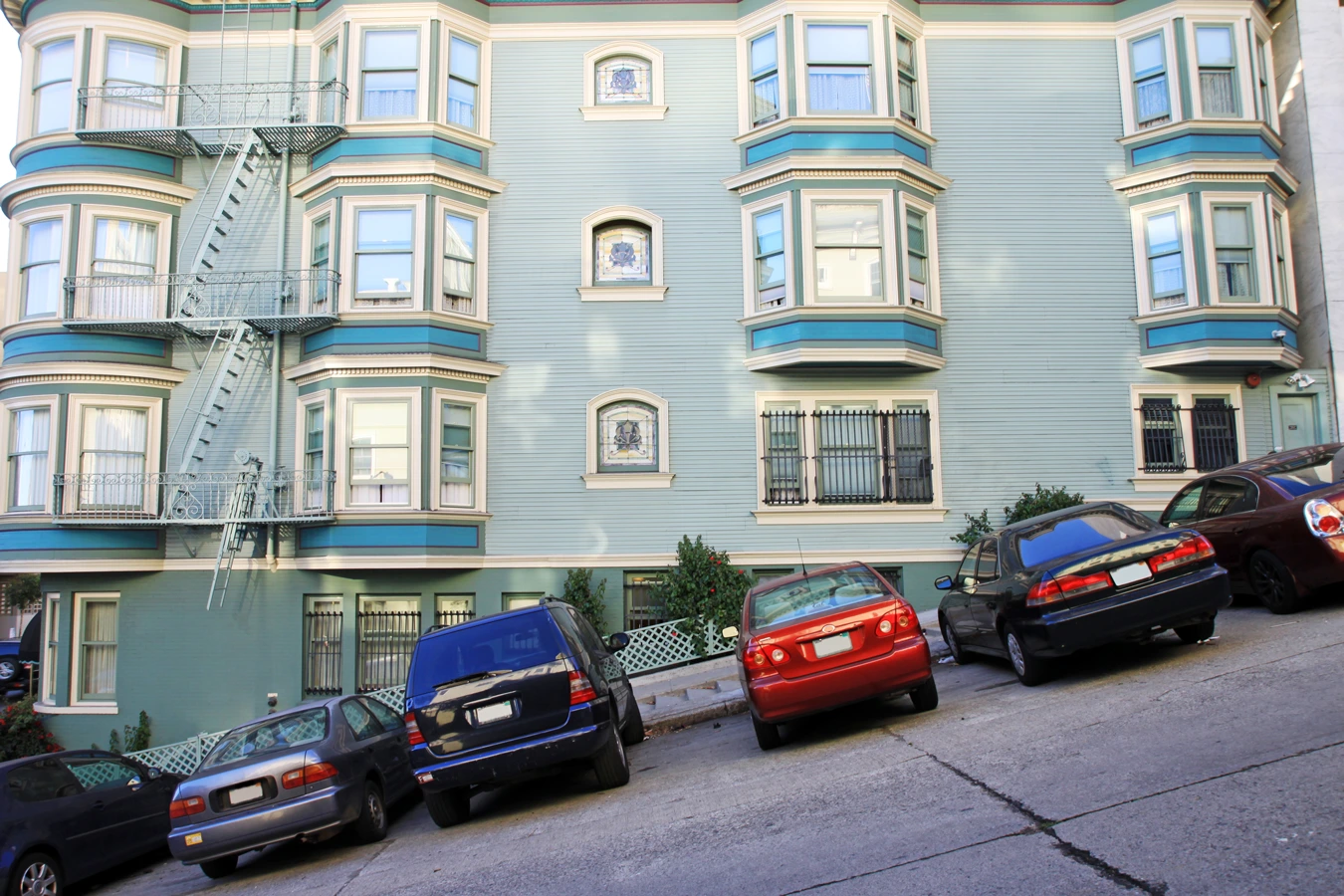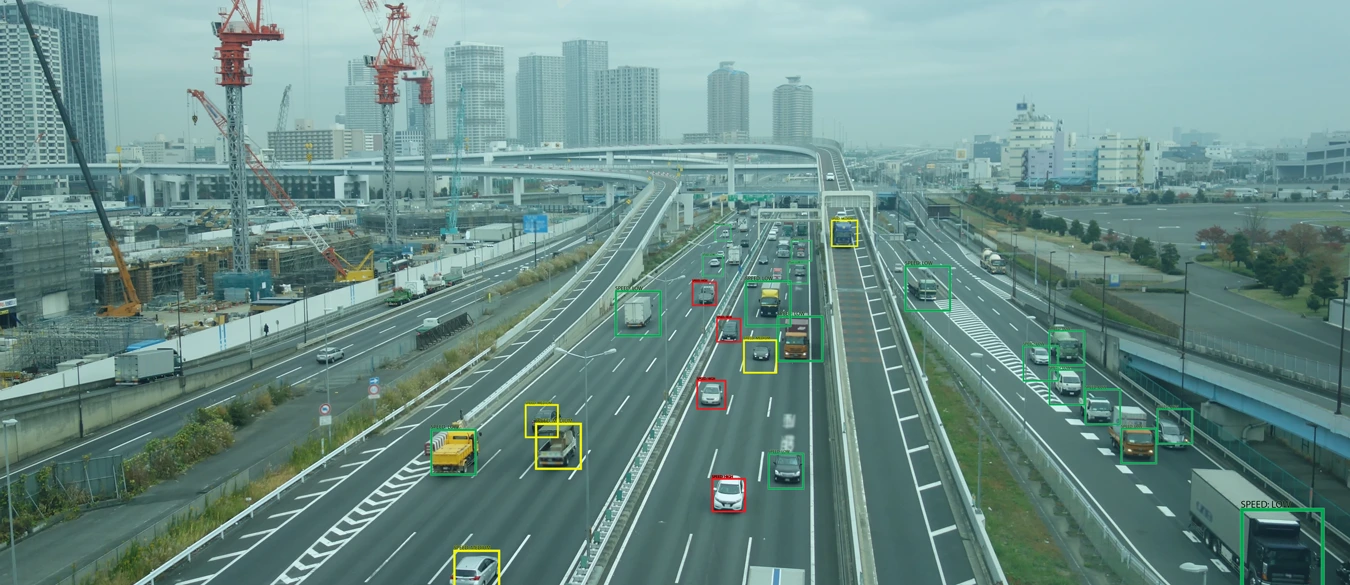Products
- Circular Connectors & Cable Assemblies
- D-Sub Connectors
- IP67 D-Sub Connectors
- D-Sub Backshells
- Micro-D Connectors & Cable Assemblies
- Power-D & Combo Mixed Connectors
- Push Pull Connectors
- D-Sub & Micro D Hardware
- Modular RJ45 Connectors
- USB Connectors
- D-Sub Adapters & Gender Changers
- SCSI .085"/.050"
- .050 Ribbon
- Headers & Receptacles
- Bayonet Connectors
Outdoor Sensors & Telematics for Smart City Initiatives
Outdoor Sensors and Telematics for Smart City Initiatives
Cities have attractions that people value. The frustrating aspects of city living –– waiting in traffic jams, driving in circles looking for a parking space, and putting up with smog and noise –– can be considered coordination problems. Too many people want access to the goods at the same time.
Outdoor sensors and telematics are bringing the coordination that has long been lacking in congested urban centers. These smart infrastructure solutions offer cities data-driven decision-making and optimized resource allocation. The technologies collect real-time information and make inferences in order to improve public services, traffic flow, and environmental sustainability.
The primary application of telematics has so far been for fleets of delivery or construction vehicles, where sensors would monitor onboard attributes like fuel, mileage, and location and communicate the data to a central hub. Analysis tools allowed couriers to calculate more efficient routes, schedule maintenance, and manage driver behavior.
Similar components of this system are now coming to bear at the meta level, to the transportation conduits and spaces where vehicles reside. Telematics sensors, internet-of-things (IoT) connectivity, video and image recognition, and artificial intelligence (AI) integrate to tackle the problems of traffic, parking, and street-level pollution.
In this post, we delve into some examples of the recent smart city innovations.

Congestion Prevention
Barcelona, Spain, consists of a dense urban grid bisected by diagonal boulevards, forming a honeycomb of walkable plazas. Navigating the streets by car can be challenging in its complexity, especially around frequented areas. A national economic center and a world cultural capital, the city is replete with architectural landmarks and other tourist attractions.
Barcelona's smart traffic management system goes beyond traditional static traffic signal schedules by using real-time data analysis and machine learning to adapt to changing traffic conditions for both vehicles and pedestrians. Predictive analytics continuously churns through optimization strategies for the right timing. The result has been reduced congestion and improved traffic flow throughout the city.
The platform also interfaces with user-facing applications such as mobile apps and digital signage, providing drivers with real-time updates on traffic conditions and alternative routes. Motorists can make informed decisions and choose the most efficient routes, contributing to a more efficient and enjoyable driving experience with fewer bottlenecks.
Barcelona's smart traffic management system has set a global benchmark for urban mobility solutions. The hardware rollout for the program included:
- Inductive loop detectors embedded in the road surface to detect the presence of vehicles by measuring changes in electromagnetic fields. These inductive loops provide information about traffic volume, occupancy, and speed.
- Outdoor cameras, used to monitor traffic conditions at intersections. Computer vision algorithms analyze the footage to detect vehicle presence, count vehicles, and estimate traffic flow parameters.
- Radar measures vehicle speeds and estimates traffic flow.
- GPS devices
A similar combination of sensors, analytics, and communications can be found applied to the problem of parking.
Download
the rugged outdoor sensor connections brochure.[BD2]
Parking Shortcuts
The new garage at Disney Springs complex in Orlando, Florida, contains sensors at each parking spot and green and red LED indicators to tell drivers at a glance which parking spaces are vacant and which are occupied. The digital signage on each level tallies up the available empty spaces. The informational infrastructure improves traffic flow through the facility during peak hours.
San Francisco, renowned for its hilly streets and limited parking spaces almost in equal measure, scales this idea up to metropolis-sized dimensions. Through the application of telematics and outdoor sensors, the city has initiated a transformative solution for parking management.
At the core of this system are smart sensors and outdoor cabling embedded in individual parking spaces. Equipped with hardware such as magnetometers and infrared sensors, the outdoor devices detect vehicle occupancy and transmit the data to a centralized telematics platform, where it undergoes algorithmic analysis.
The telematics platform integrates with a mobile app for drivers to preview real-time parking space availability and even reserve spots in advance. Complementing the mobile app are strategically placed digital signage throughout the city, directing drivers towards the most plentiful parking.
The effort to detect and share data has significantly reduced the time and effort spent searching for parking, which translates into reduced traffic congestion, improved air quality, and a more efficient transportation network.

Expanding Uses
Cities are also leveraging outdoor sensors and telematics to monitor environmental factors and promote sustainable urban development policy.
Air & Noise Quality: Singapore's Smart Nation initiative includes an extensive network of outdoor sensors that monitor air quality, noise levels, and other environmental parameters.
Waste management: The city of Seoul, South Korea, has deployed rugged sensors integrated into waste bins to monitor fill levels in real-time. The information optimizes collection routes and reduces unnecessary pickups.
Public safety: The city of Chicago, USA, utilizes a network of surveillance cameras equipped with intelligent video analytics and telematics capabilities. This integrated system enables real-time monitoring, rapid incident response, and evidence collection, bolstering law enforcement efforts and contributing to a safer urban environment.
Infrastructure maintenance: London, UK, has implemented a comprehensive sensor-based monitoring system for its iconic Tower Bridge. The system continuously tracks the bridge's structural integrity, collecting data on factors such as vibrations, strain, and temperature.

Monitoring the Outdoors
Outdoor sensors and telematics have emerged as game-changers in urban management, giving cities new control with real-time data and insights. The success of these programs will likely be duplicated elsewhere and spawn new applications as well, growing the need for certified harsh-environment electronics and connectivity. The market size of smart transportation is estimated to reach $130 billion by 2024.
As cities strive for smarter and more sustainable urban areas, the integration of outdoor sensors and telematics will continue to be a key enabler, paving the way for efficient, resilient, and livable cities of the future.
Go Back





